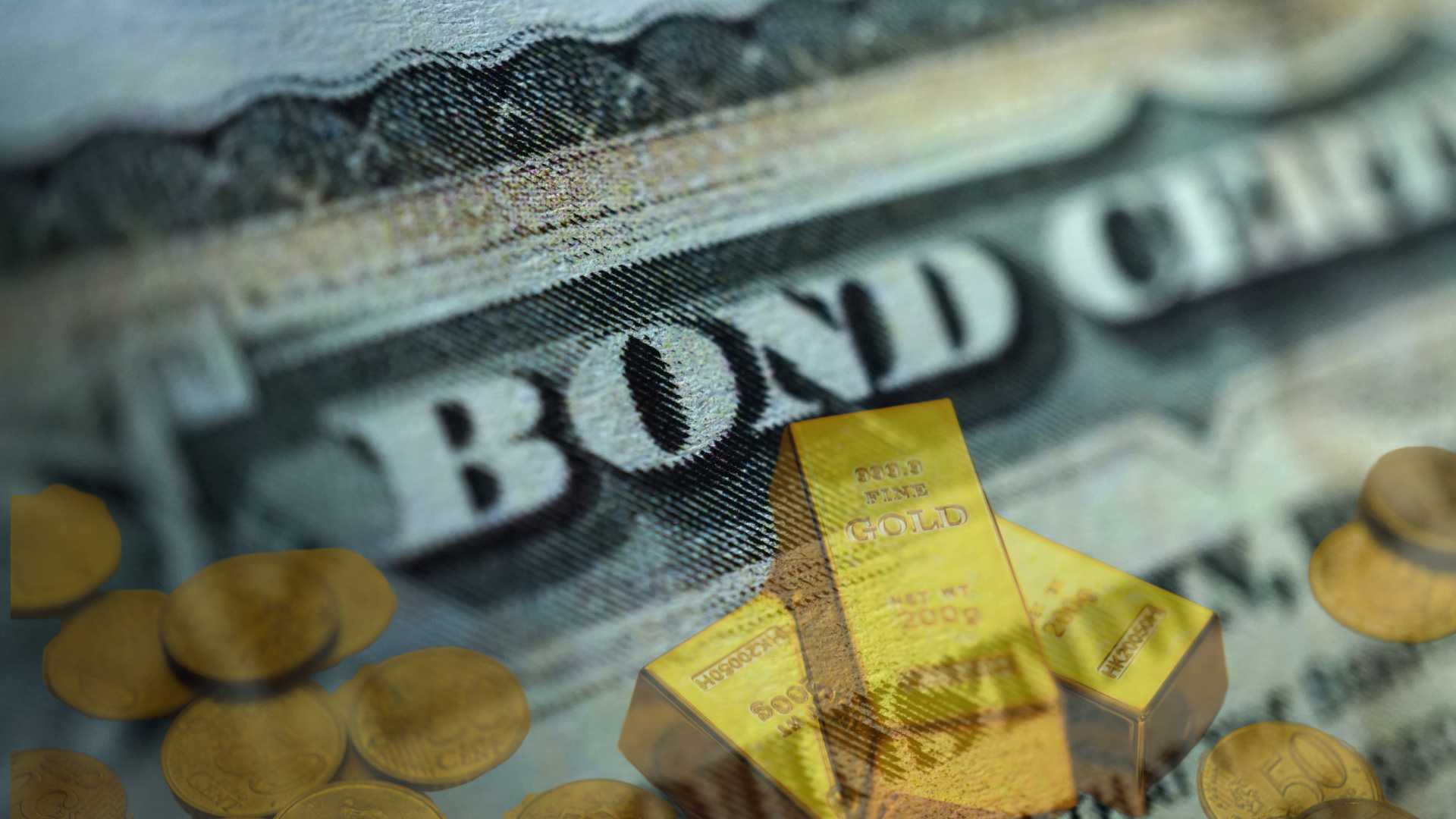473: A Sound Money Bond?

Podcast: Download
Gold bugs love to float the idea of bringing back the gold standard, tying the value of the U.S. dollar to a fixed amount of gold. On the surface, it might sound like a great way to return to “sound money.” But if you dig a little deeper, it’s full of problems that would likely take us backward rather than forward.
First, let’s talk about deflation, one of the scariest economic forces out there. Economist Richard Duncan and others warn that a gold standard would likely send us straight into a deflationary spiral.
Think of it this way: when prices drop, businesses make less money, wages fall, and people stop spending. It’s a vicious cycle that can turn a recession into a full-blown depression.
This is exactly what happened during the Great Depression, and a gold standard would lock us into this kind of problem again by tying the economy’s hands behind its back.
Then there’s the issue of economic growth. The modern economy moves fast—faster than gold supplies can keep up. By tying our money to gold, we’d basically put a chokehold on progress.
Businesses wouldn’t be able to invest or hire as easily because the money supply would be so tightly constrained. In short, we’d be stifling innovation and economic expansion just because there isn’t enough gold to go around.
The reality is that today’s economy is far more complex than it was back when the gold standard was in place. We’ve faced massive shocks like the 2008 financial crisis and the COVID-19 pandemic, and the government’s ability to respond quickly was critical.
The Federal Reserve was able to pump money into the economy when it was needed most. Under a gold standard, that would be impossible. We’d be stuck, watching recessions deepen with no way to cushion the blow.
And finally, the logistics of actually going back to a gold standard? Nearly impossible. The government would have to buy massive amounts of gold to back the current money supply, which would be chaotic and insanely expensive. It would be a transition full of confusion, and it could tank the economy in the process.
My guest on Wealth Formula Podcast this week advocates for a slightly different approach then a gold standard—a gold-collateralized bond. Her idea is to use the Federal Reserve’s gold reserves as collateral to allow the U.S. Treasury to borrow more cheaply.
She envisions it as a product for investors, similar to TIPS bonds (which protect against inflation). Even if you’re not a gold bug, this concept actually makes a lot of sense. It would give the Treasury access to low-cost borrowing while providing investors with a stable, gold-backed product—offering some of the benefits of gold without the downsides of a full gold standard. She’s written a book on the idea and shares it with us on this week’s show.
05:43 Introduction to Judy Shelton and Monetary Policy
11:43 The Concept of a Gold Standard
14:32 Proposing Gold-Backed Bonds
17:55 Investor and Government Benefits
20:44 The Role of Gold in Inflation Protection
23:40 International Monetary Reform and Trade
26:45 Criticism and Support
 Send Buck a voice message!
Send Buck a voice message!




